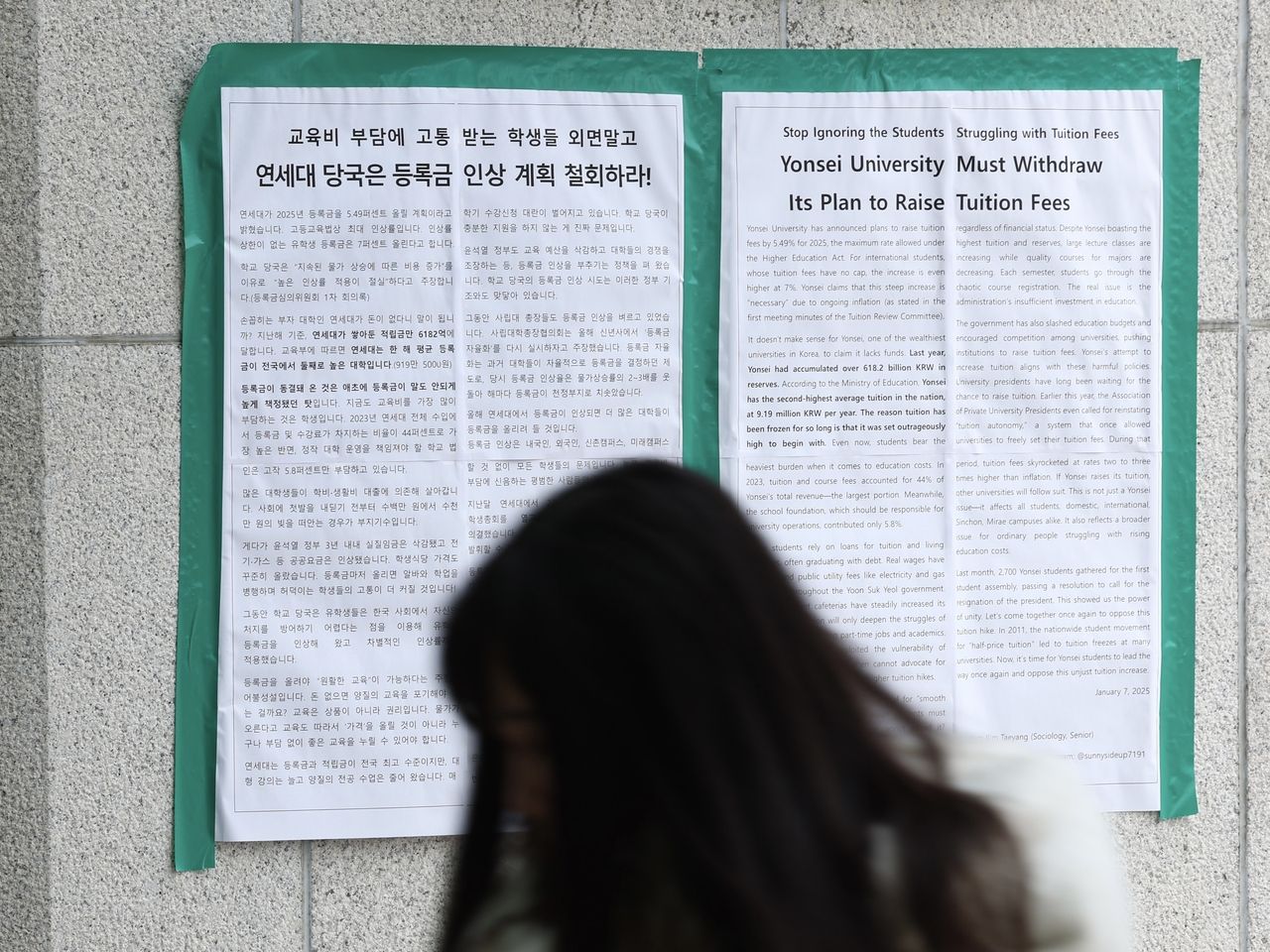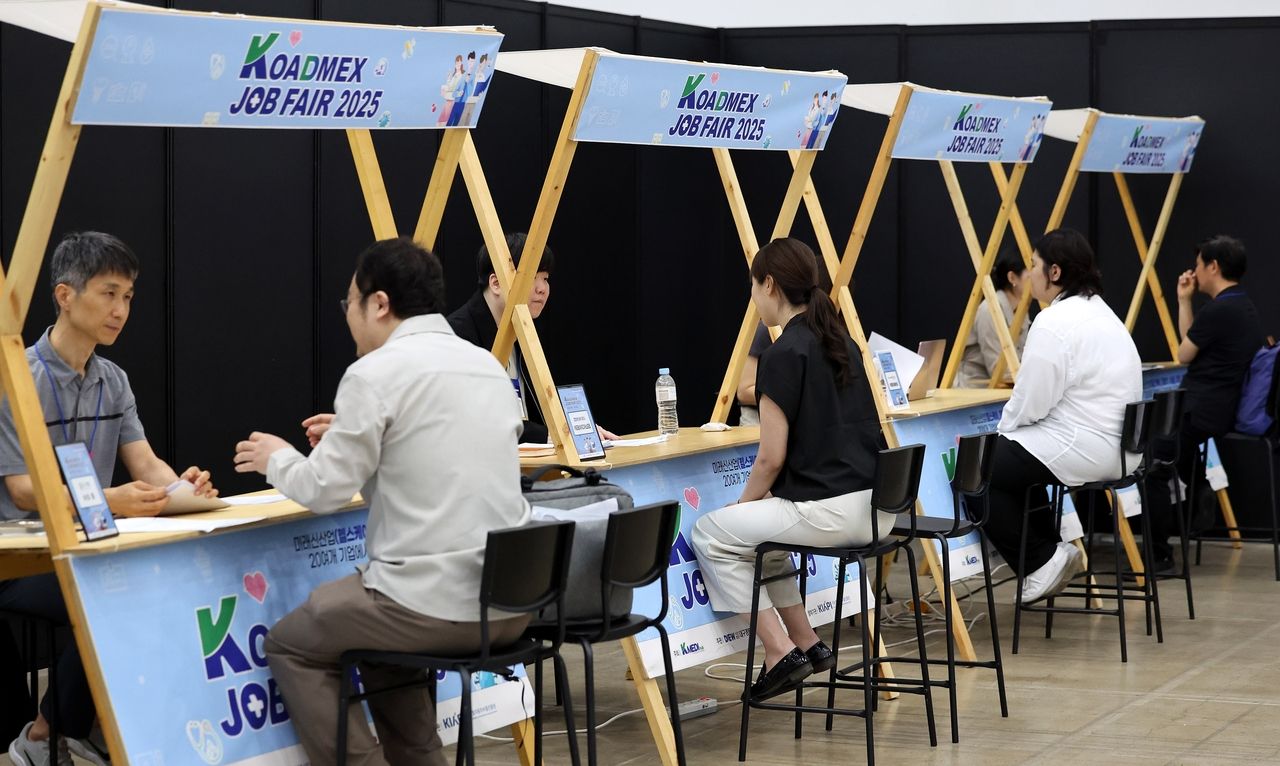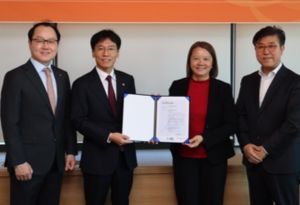 Young South Koreans are borrowing more money than ever for college, while their chances of landing stable jobs continue to shrink.
Young South Koreans are borrowing more money than ever for college, while their chances of landing stable jobs continue to shrink.
Recent data from the Korea Student Aid Foundation reveals a troubling trend: student loan borrowing skyrocketed to 2.11 trillion KRW ($1.58 billion) in 2024, the highest figure in nearly a decade. This marks an 11 percent surge from the previous year’s 1.89 trillion KRW, with borrowing exceeding the 2 trillion KRW threshold for the first time since 2015.
This spike in borrowing coincides with a bleak job market for young people. Statistics Korea reports that employment among South Koreans aged 15 to 29 plummeted by 173,000 in June compared to the same month last year, marking the 32nd consecutive month of decline in youth employment.
The job crisis is further underscored by data from the Ministry of Employment and Labor. In June, there were a mere 39 job openings for every 100 job seekers, the lowest ratio for that month since the 1997 financial crisis.
Students Drowning in Debt as Job Prospects Evaporate As unemployment rises, so do student loan defaults. In 2024, 24,587 borrowers fell behind on payments for standard repayment loans, a 14 percent increase from the previous year and a staggering 50 percent jump from 2021’s 16,669 defaulters.
As unemployment rises, so do student loan defaults. In 2024, 24,587 borrowers fell behind on payments for standard repayment loans, a 14 percent increase from the previous year and a staggering 50 percent jump from 2021’s 16,669 defaulters.
The Korea Student Aid Foundation offers two primary loan programs. Income-contingent loans allow repayment to be postponed until a borrower’s income reaches a certain level, while standard loans require fixed repayments regardless of employment status. Standard loans have seen particularly rapid growth, with borrowing surging 43.4 percent over three years, from 860.9 billion KRW in 2021 to 1.24 trillion KRW in 2024. In contrast, income-contingent loan borrowing saw a more modest increase from 795.3 billion KRW to 876.1 billion KRW during the same period.
The job market’s downward spiral is evident across major employment platforms. JobKorea reported a 24.1 percent drop in job postings from January to May compared to the previous year, with listings targeting recent college graduates plummeting by 20.6 percent.
A March survey by Incruit, another leading recruitment site, painted an equally grim picture: only 65.6 percent of companies confirmed hiring plans, the lowest figure in three years.
Despite the gloomy outlook, KOSAF attributes the surge in loans to low interest rates and expanded eligibility policies, including extending income-contingent loan eligibility to graduate students in 2022. Local governments have also stepped up support, with programs like Gyeonggi Province’s interest subsidy initiative benefiting over 430,000 students since 2010.
Higher Education: Increasing Costs, Diminishing Returns
Meanwhile, the cost of education continues to climb. South Korea’s four-year universities hiked tuition by an average of 4.1 percent in 2025. The OECD reports that government spending covered a mere 43.3 percent of higher education costs in South Korea as of 2020, significantly below the OECD average of 67.1 percent. The burden of financing education increasingly falls on individuals and families.
Adding insult to injury, the wage premium for college graduates remains stubbornly low. In 2021, university graduates earned just 134.9 percent of high school graduates’ wages, lagging behind the OECD average of 142.6 percent.










Most Commented